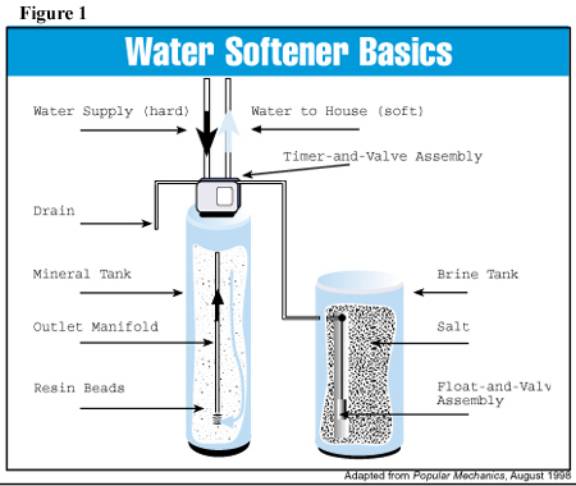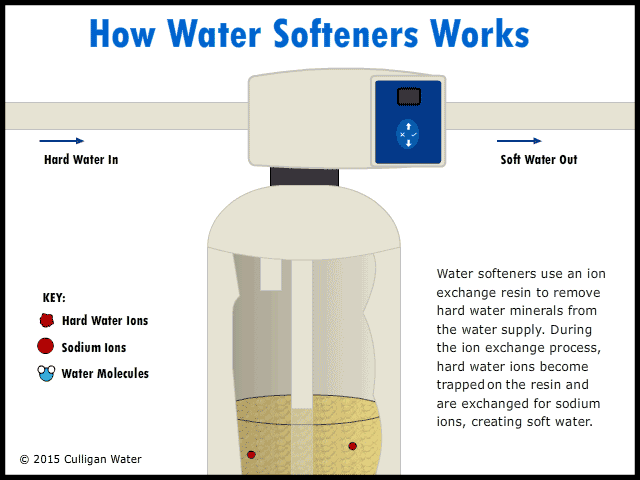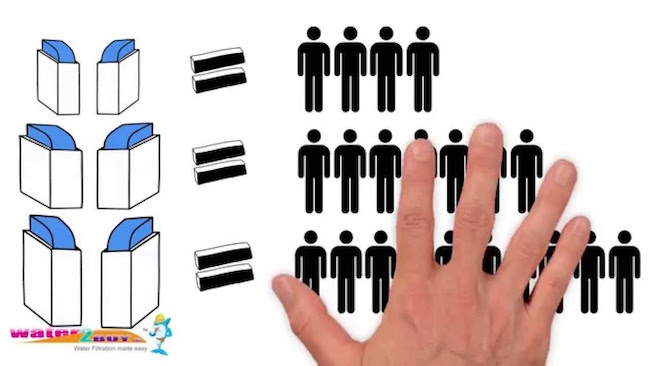There are many machinery parts which we will check out in Water Softener Parts: Guide for Beginners. You may have done a good research before choosing one right softener system for you, but very few know the machinery parts included in a regular water softener unit.
Water is used for drinking purpose, and we also make use of water for many other tasks. Mainly, water is used for transferring materials from one place to another since it is good at holding things.
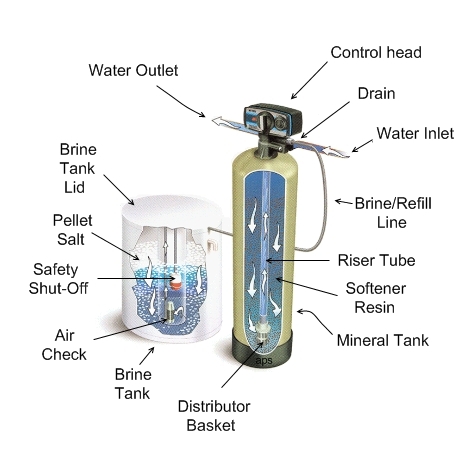
This same water does not arrive with rules and other guidelines. So the after-effects of this will be visible on the utensils, and other household appliances which make use of the tap water. So buying a water softener is suggested in such case.
Water Softener Parts Explained
You will be well aware of the installation process, and the different water softener brands available for purchase. The components included in a softener, must be known to you. Keeping some system knowledge is appreciable, but it may also help you out while dealing with any issue.
There are total two tanks present in a water softener. One is the resin tank, and the other one is the brine container. The primary process of softening is done within the resin tank, and recharge process is performed via the brine solution.
Now we will list out the components which are included in a water softener, and explain the purpose of each part in brief.
An inlet valve for hard water entering- This is the hose through which the hard water passes through, and enters the processing chamber. It is important with knowing softener work style, along with the resin tank or the mineral tank present within.
Outlet valve for softened water- The next valve found here is the outlet valve. By the name itself you can understand the purpose of this valve. Through this valve, the softened water is passed for the household tasks.
Drain tube- After the softening process is completed, the water softener stops working with the calcium and magnesium ions on the resin beads. To remove them, regeneration process takes place where the brine solution is added to the mineral tank. Calcium and magnesium ions are removed from the beads, and they are drained out from this tube.
Valve and the timer assembly- Electric water softener has got the timer feature. This is that part of the system where all the valves and the timer forms a connection in the softener. Using this timer, you can perform regular regeneration process.
Mineral Tank/Resin Tank- This is the main container of water softener where the softening process takes place. You will find polystyrene beads in this tank, which are also known by the name of resin or zeolite. The primary process of ion exchange takes place in this container, and so you need to maintain the system rightly.
Outlet Manifold within the Mineral Tank- You will find a manifold kind of structure within the mineral tank. The manifold is a tube or pipe within which you will get smaller pipes or channels. The manifold has got a direction moving outside on this machine.
Plastic or the resin beads- These beads are placed in the mineral tank, in which the primary ion exchange process takes place. The calcium and magnesium ions present in the hard water get stuck to these beads because of the opposite charges on them. After the softening process ends, the beads are regenerated by brine solution.
Brine container- This container contains brine solution, it is simply a salt water solution. During the regeneration process in water softener, the brine solution passes into the mineral tank, to recharge the beads which are covered with the calcium and the magnesium ions.
Softening Salt- This section includes the Best Water Softener Salt which is present in the brine container.
Float and valve assembly within Brine tank- You will find this assembly in the brine tank system.
So these are the various machine components that you will get to see in a regular water softener. We have tried to list out almost all the parts included in the softener. [know more]
Also, read our detailed review on: Fleck 5600SXT
Working of the Water Softener System
Here we will provide you the working of the Water Softener here. We have mentioned about the machinery parts in the previous section. We will begin the complete process performed in a softener unit.
First, hard water enters the mineral tank through the inlet valve provided in the water softener. Now, calcium and magnesium ions present in the hard water attracts the resin beads present in the mineral tank. This way, the hardness causing materials are removed from the water which entered into the softener.
Here both the Calcium and Magnesium attracts the negatively charged resin beads. And the beads are covered with the weaker sodium ions, which is passed into the water. The trade of sodium ions are done by the resin beads in water softener, in replace of the hard minerals.
Thus, hard water minerals remain on the resin beads. After some time, you will notice that water is not softened rightly. This is because of the presence of the Ca and Mg on the beads. To remove them, you need to perform regeneration process.
We will now understand the restoration process in the water softener. The salt water solution is poured into the mineral tank, and by doing so the Ca, and Mg ions will be removed, and salt will get back covered on the resin beads. This way we can say that the beads are now recharged back, and ready to be used.
Some Health Considerations
Drinking hard water is not bad for health since you are consuming minerals from it. But the same is not found to be suitable for the electric appliances, which uses hard water. So for increasing the lifetime of such appliances, you must install a water softener.
The water which is a treated one contains salt in it. It does not harm the human body, but it should not be consumed by those who are on a sodium-less diet. For other users who have no issue with consuming salt, can use this. You will find the water to be a bit salty in taste.
Also, you can make use of potassium chloride instead of the salt for softening. But such system is found to be costlier than the usual softener systems.
Other popular reads: Top Picks of Salt Free Water Softener in 2020
Hope you all liked this post on Water Softener Parts: Guide for Beginners. And it helped you in understanding the softener system more clearly. If you have got any issue with the concepts discussed here, mention them in the comment section below. For more posts, follow us on WaterGadget.com!
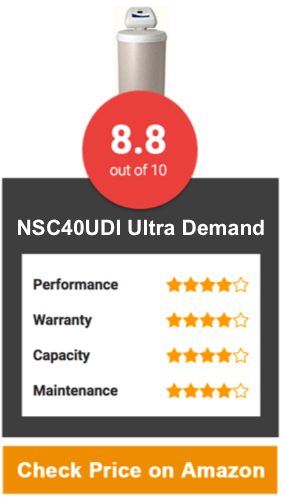 This NSC40UDI Ultra Demand Northstar Water Softener has got all the above-mentioned features that are found in a Northstar softener system.
This NSC40UDI Ultra Demand Northstar Water Softener has got all the above-mentioned features that are found in a Northstar softener system.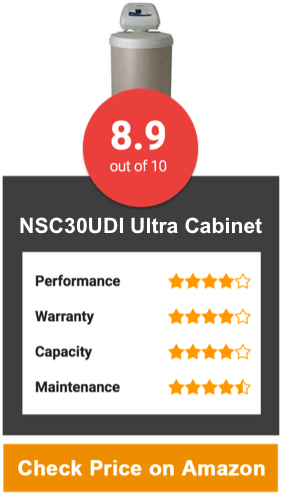
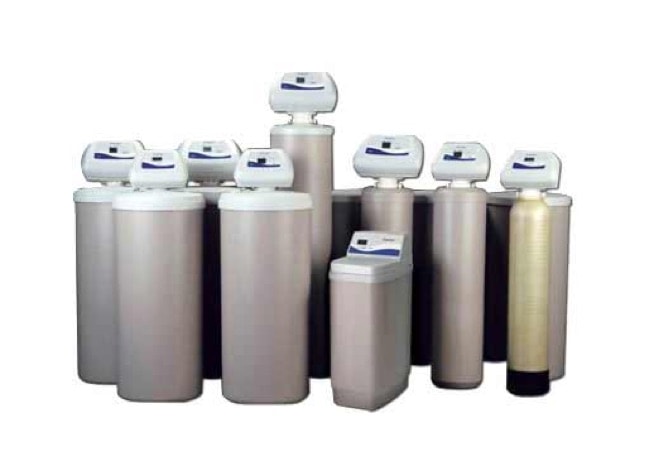
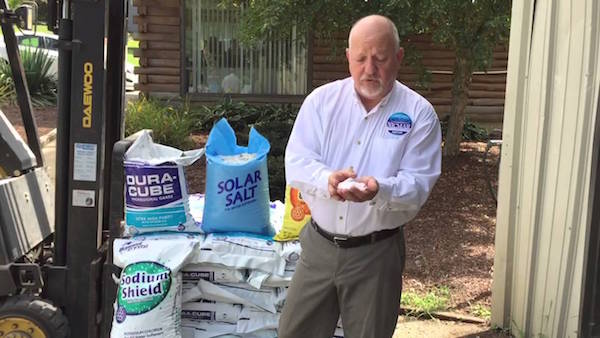
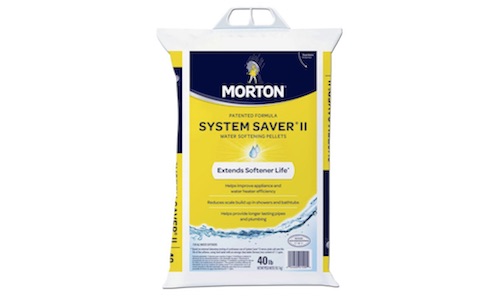


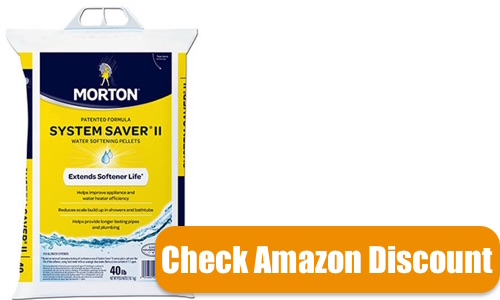

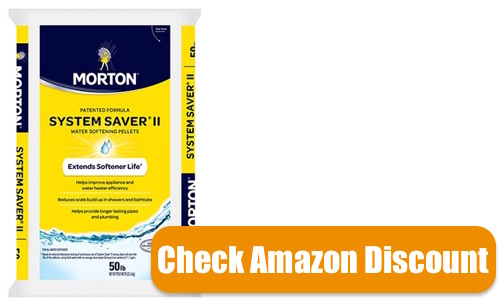

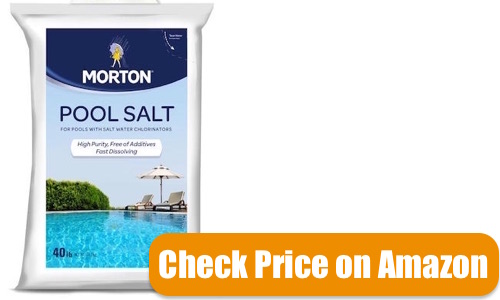




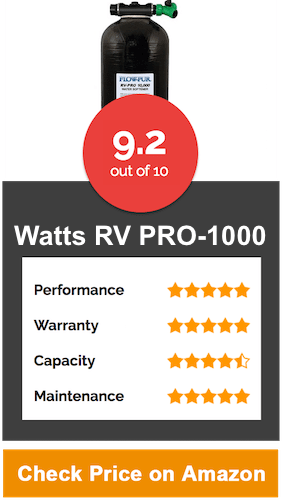
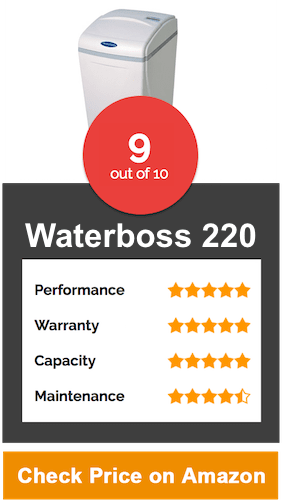
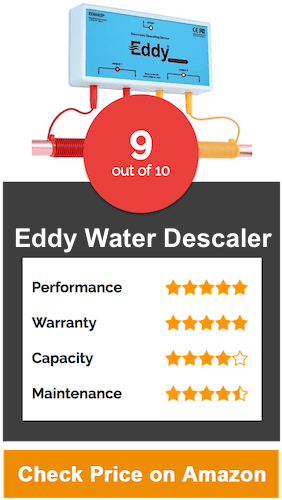
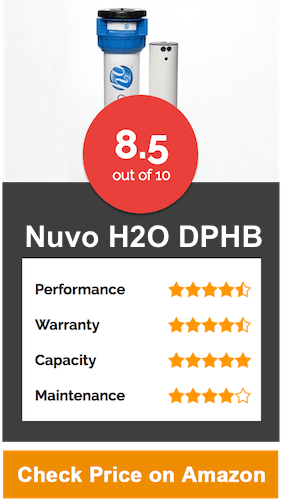


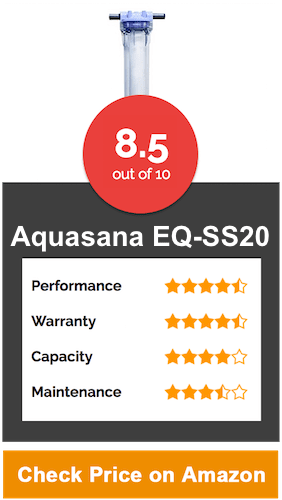
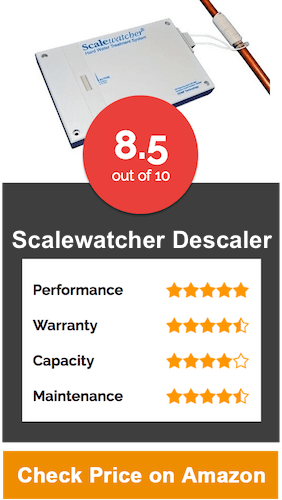

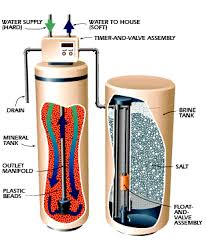 It is a machine that is used for home-purpose. In this, transferring of ions take place so that we could clean the mixture by the complete removal of hard matters that is present in the diluent used in the home. These hard matters include mainly calcium and magnesium which comes from the underground.
It is a machine that is used for home-purpose. In this, transferring of ions take place so that we could clean the mixture by the complete removal of hard matters that is present in the diluent used in the home. These hard matters include mainly calcium and magnesium which comes from the underground.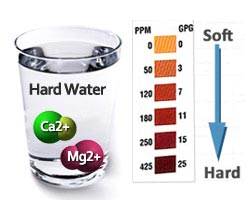 Hard water is that kind of water which contains a huge amount of dissolved minerals especially magnesium and calcium. Almost 80% of the damages caused by the home materials is because of such hard fluid.
Hard water is that kind of water which contains a huge amount of dissolved minerals especially magnesium and calcium. Almost 80% of the damages caused by the home materials is because of such hard fluid.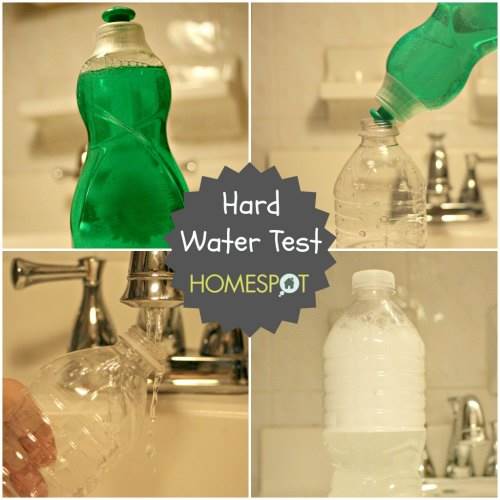 There are many ways in which you can check whether the solution is hard or not. While taking a shower, if you find that the soap mixture is not creating the right amount of foam. If you feel the water used in unit being considerably less smooth on the skin, you will get the right evaluation that the mixture is hard. Another home method could be, to fill a plastic bottle half way around with the water.
There are many ways in which you can check whether the solution is hard or not. While taking a shower, if you find that the soap mixture is not creating the right amount of foam. If you feel the water used in unit being considerably less smooth on the skin, you will get the right evaluation that the mixture is hard. Another home method could be, to fill a plastic bottle half way around with the water.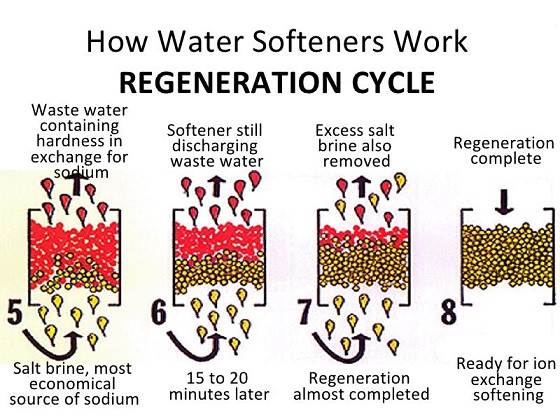 We all are now well aware of what is a hard mixture, how it is identified, and now the main concept comes into the picture. They are used to soften the solution but how it is done, will see that in this section. Hard water can be identified by the texture of the solution when it comes in contact with the soap material.
We all are now well aware of what is a hard mixture, how it is identified, and now the main concept comes into the picture. They are used to soften the solution but how it is done, will see that in this section. Hard water can be identified by the texture of the solution when it comes in contact with the soap material.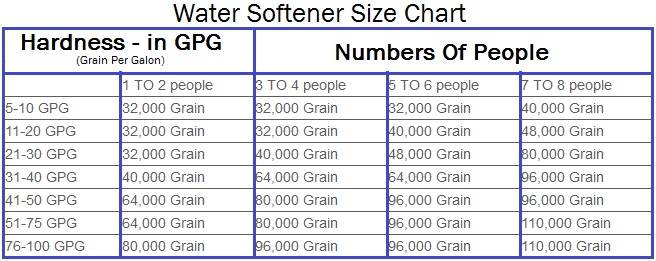

 We discussed the working of this system and the components and different elements were used in the functionality of it. Some machinery issues have arisen lately regarding the commodity. Most of the companies help the users by providing special assistance for handling the issues of their machine.
We discussed the working of this system and the components and different elements were used in the functionality of it. Some machinery issues have arisen lately regarding the commodity. Most of the companies help the users by providing special assistance for handling the issues of their machine.